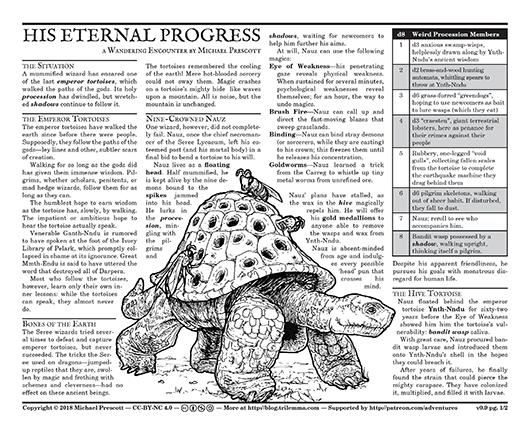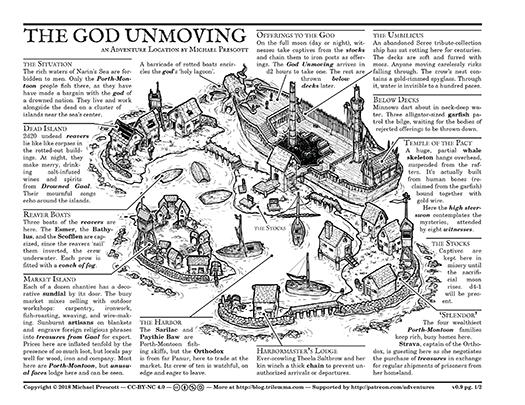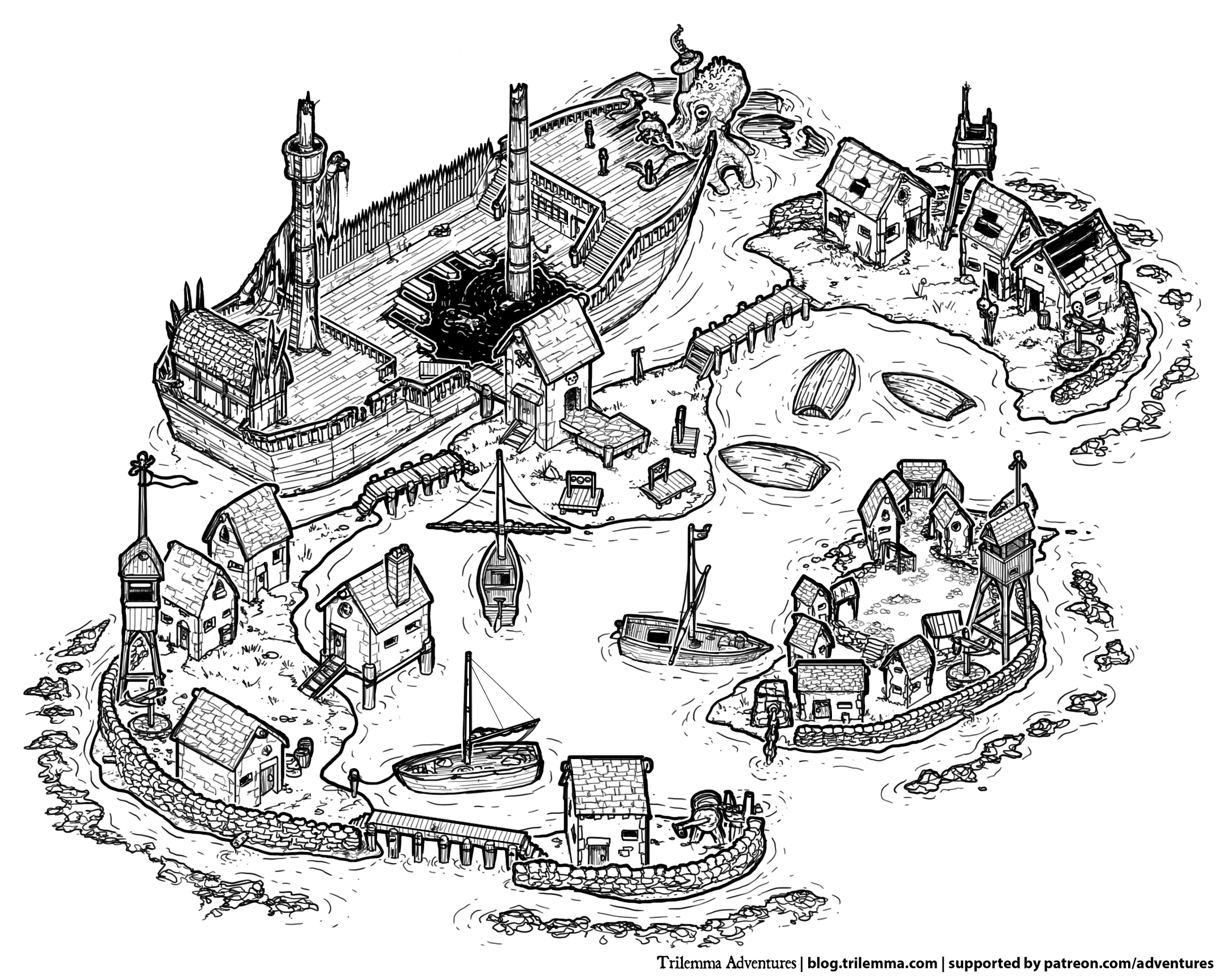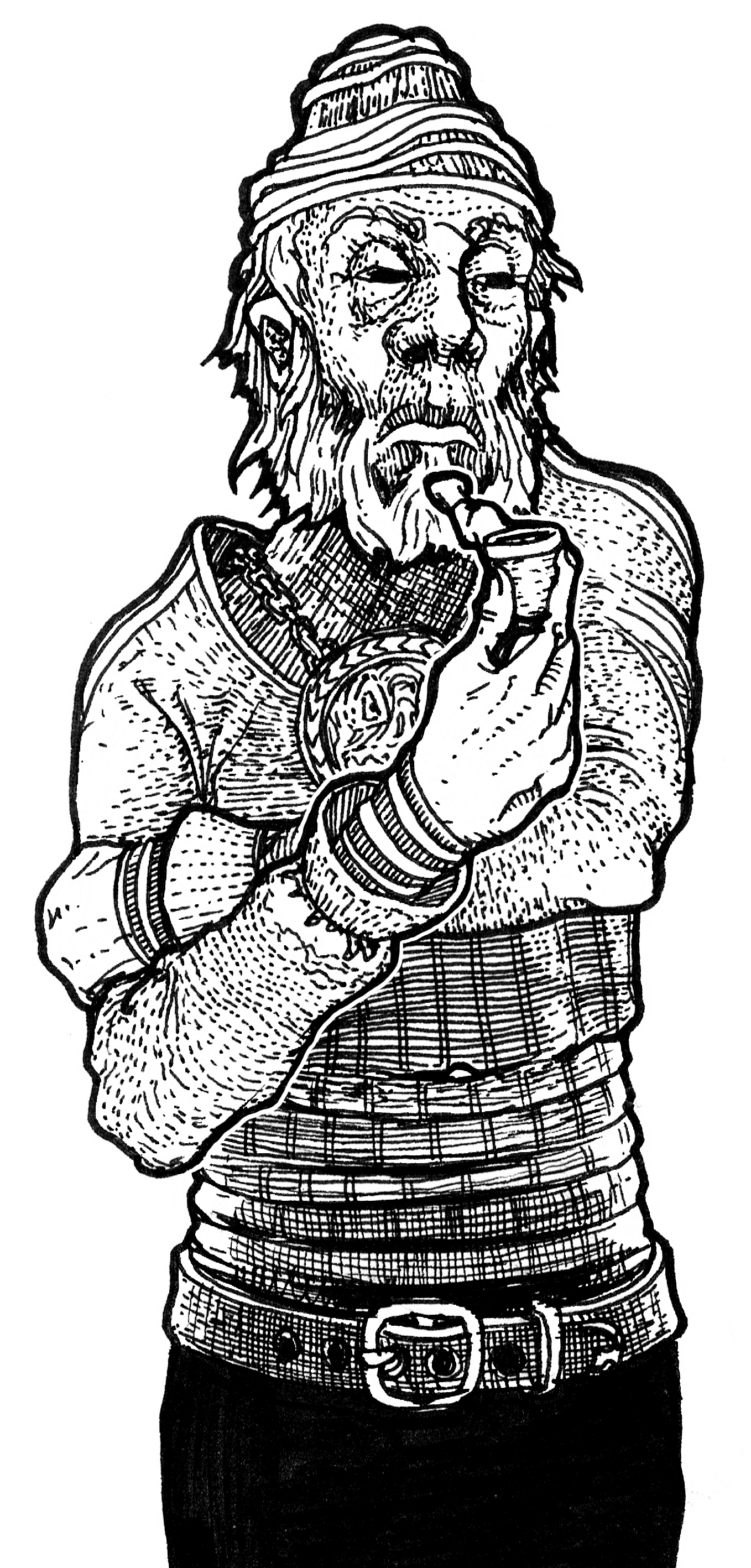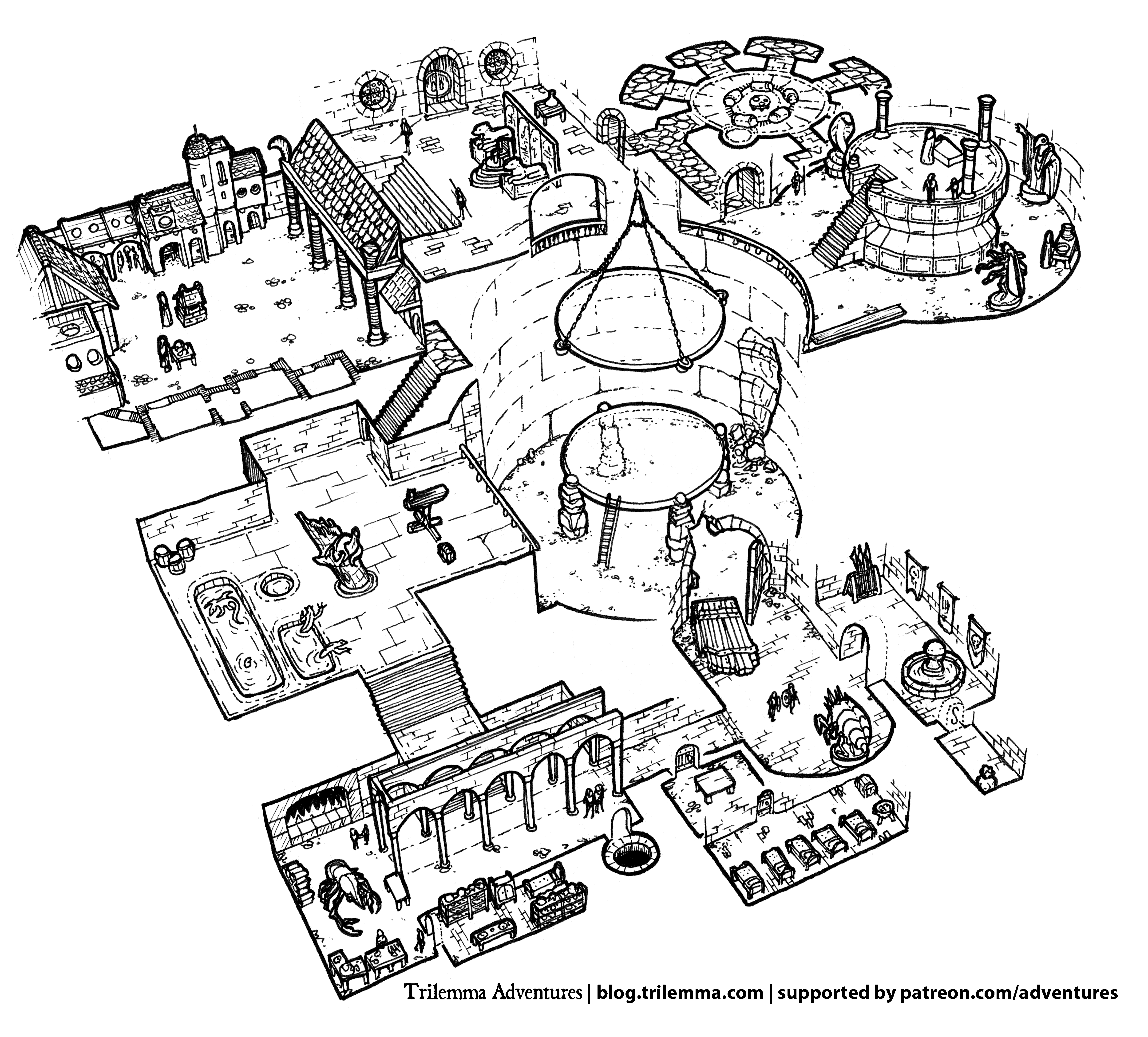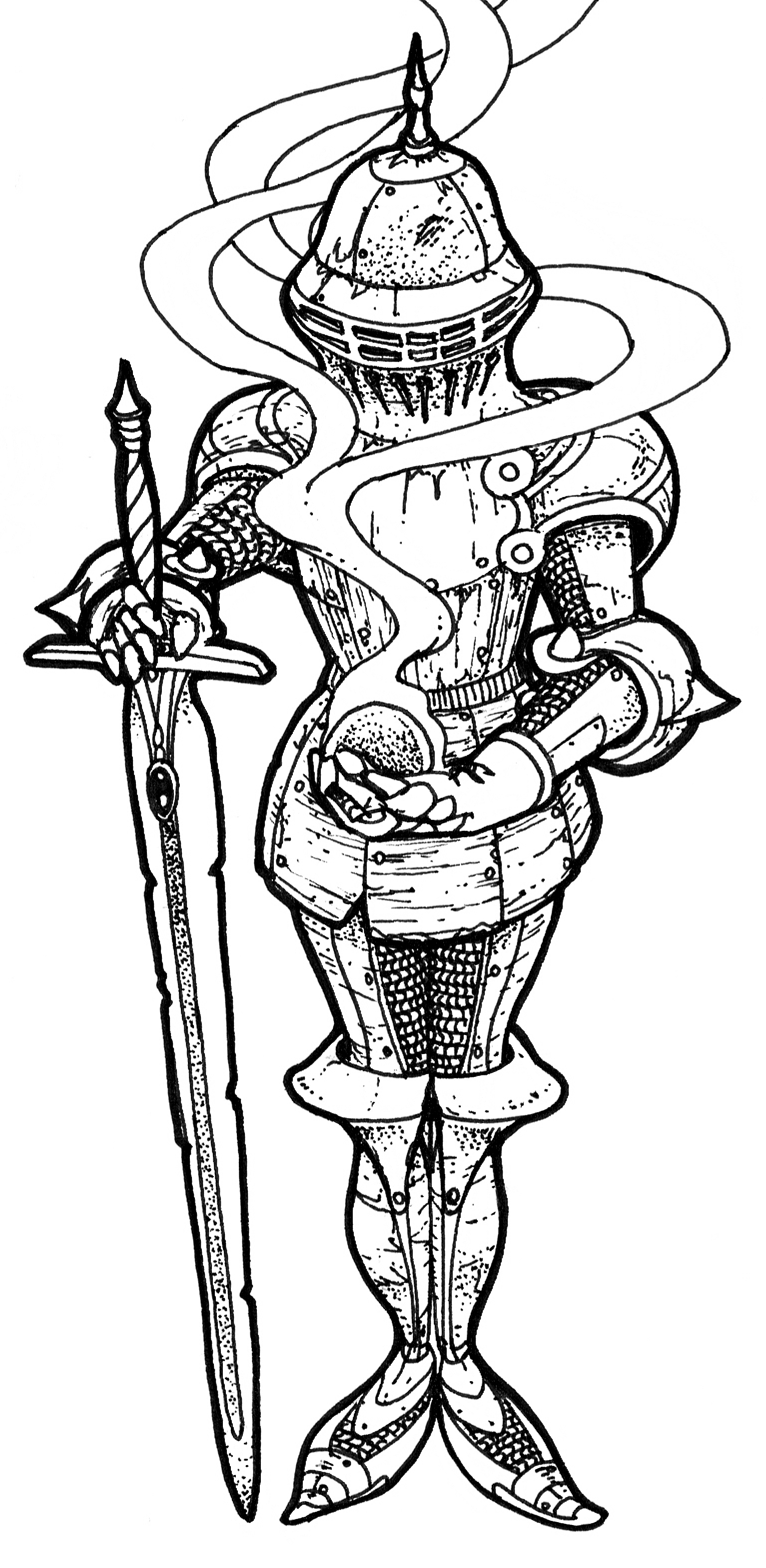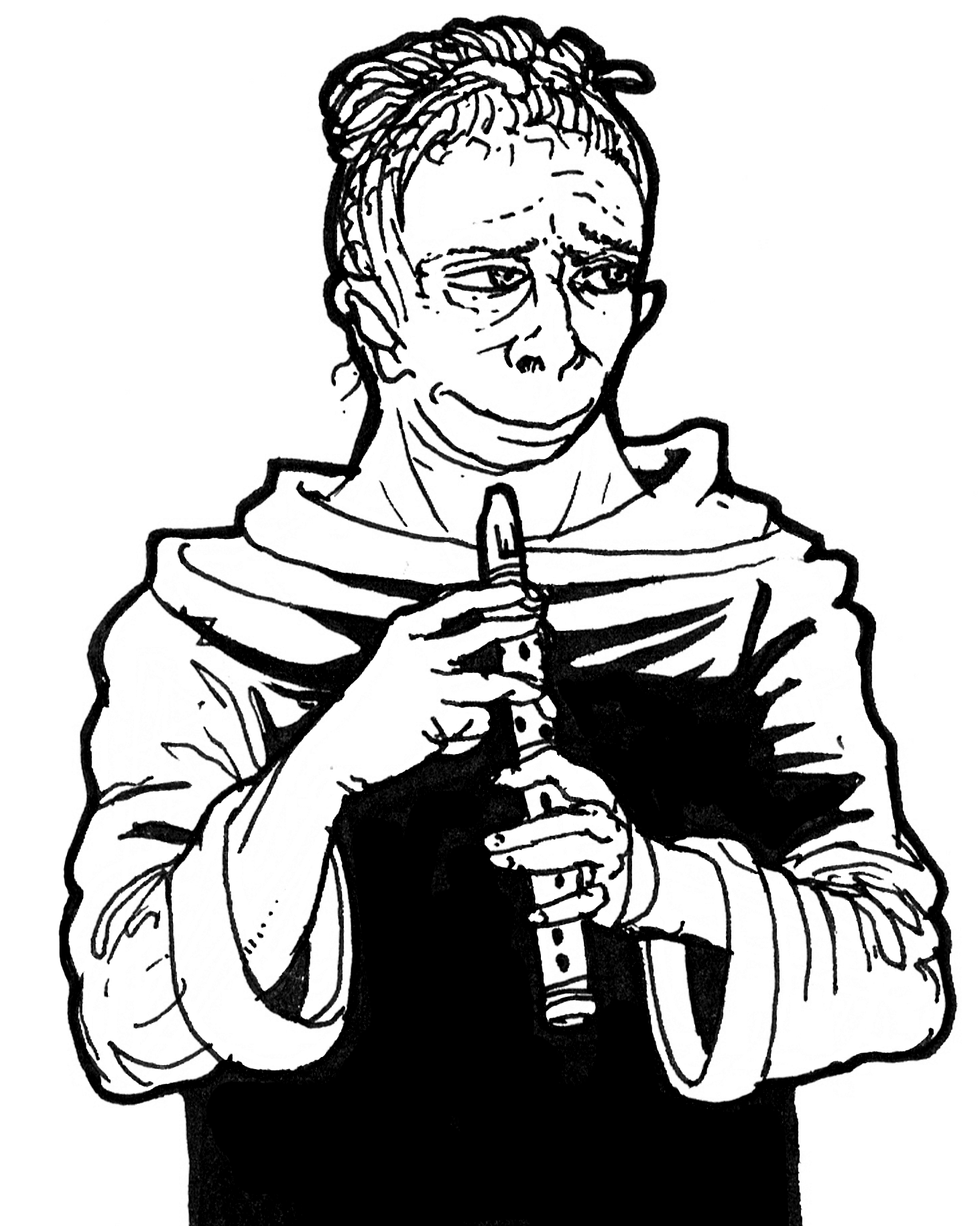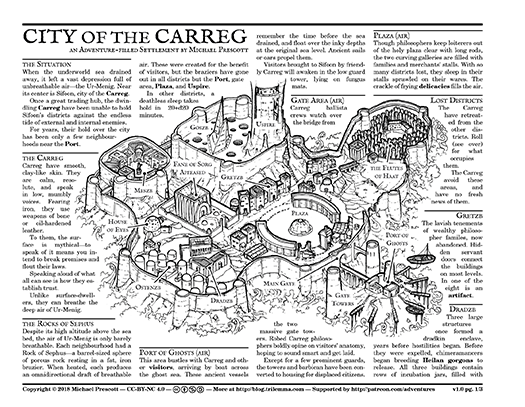The basic idea is this: a class of magic whose ritual steps are the workings of states.

Regimantic rituals are really, really long rituals whose steps take months or years to unfold. They are concerned with the progress of polities—petty kingdoms, empires, city-states, dynastic succession.
Performing regimancy always involves politically significant acts such as:
- giving bank-breakingly lavish gifts
- having bastards, marrying people with the wrong background
- breaking the succession to a seat of power
- oaths of fealty, breaking great oaths and treaties
- declaring wars, winning battles, dying in battle
- Cutting reigns short, or protecting them for three centuries
- Succession stability, breaking dynasties
- Ending wars, starting them
- Internal strife, sowing dissent among advisors, fracturing polities into factions or outright civil war
- Inverting the dominant power and their vassals
- Major environmental effects: farming boons, plagues, ice ages, droughts
Ambushing an inferior army and sacking their capital city isn't regimancy, that's just common sense. Having your only heir slain in battle while leading a foolish war against a superior foe, and then gifting the entire royal treasury to a neutral nearby kingdom, now that's a start!
* * *
Rituals that take years to pull off aren't obvious gaming fodder, but there are a few dimensions I think are pretty useful.
1. Dusty old books are now really, really useful.
In my setting, magic isn't formulaic. Rituals are revealed by flashes of insight, or are discovered accidentally. For this reason, there's no way to invent a new regimantic ritual, and no practical way to discover them through deliberate experimentation.
Learning new regimantic rituals looks identical to the study of history.
Regimancers comb through treatises, accounts, records and tomes trying to find patterns that explain sudden rises to power, remarkable victories from behind, and victorious underdogs. What ritual price was accidentally paid?
Even reasonably well-understood regimantic rituals merit continued study. Does Vassal's Gambit only work when the enacting kingdom has a green flag? All three examples of the gambit from history have been carried out by rulers whose houses had green flags. Is that a coincidence, or meaningful?
Even the histories of dead empires, so remote to the present in distance and time, could be treasure troves of regimantic clues.
2. Court vipers can be really vicious
Regimancers sometimes look like dusty advisors to the king, but the most successful ones would be skilled manipulators—people who get their hands dirty to bring about the necessary political maneuvers to make the ritual work.
Few kings are going to have the only heir killed in a foolish battle, on purpose. That takes someone with vision, courage, and the necessary detachment to stomach the price.
3. Omens are signs that the spell is working
"Dude, we're really not sure about the green flag thing but Clansit IV was determined to go ahead, so we need you to ride top the top of Mt. Ranian to see if you can find a white crow. If you can't find one in three days, get back to the capital as fast as you possibly can to tell me."
3. Multi-generational regimancy looks like prophecy
Regimancers make great quest-givers, because now there's a reason to investigate the perpetuators of prophecies. What are they trying to accomplish? Is it a cultural or religious expression, or is there a hidden logic to it that could be discerned and used elsewhere?
4. Ancient regimancy looks like culture
Why do the heads of the great Grinvolt families all give goats to the poorest clan in celebration of the ascendancy of Clansit I? Why do clan leaders ride out to battle unarmored? (And why is it considered bad luck to strike at them?)
Both situations are interesting: successful regimancy has left a cultural legacy in its wake, or it actually works at a smaller scale. The king's regimantic gambit paid off and now the head of every household carries it out in the small.
5. Rituals in progress create weird quests
This one is self explanatory, but either carrying out or interfering with the steps of regimantic rituals can lead to some weird and interesting quests. Perhaps the prince must be guarded, but only until the solstice. After that, his assassins must be allowed to succeed. Or perhaps an enemy figure of note must be protected from allied military action, because his death will move the enemy ritual further along.
6. Who carries regimantic knowledge?
The manner in which regimancy is carried forward to the next generation is also interesting. Is it a successful of scabrous court advisors, each choosing a successor? Are there region-spanning noble families marrying into other dynasties, working their magic behind the scenes? Wandering wizards dispensing frightful advice to those made enough to pay the price?
Striking directly at the regimancer, or an opposing culture's regimantic store of knowledge is also a well of possible quests. "A tiny pricedom had attacked us, and the heir died immediately in the battle. We have called a truce, but we suspect regimancy. If they are attempting Vassal's Gambit, then we know they know a lot more than they are letting on. Infiltrate the enemy court, find out whose idea this was, and bring their secret library to me. Do not tell our king."



















